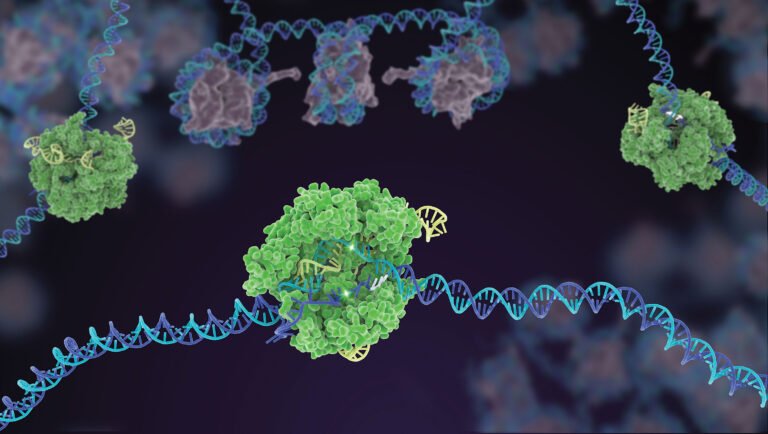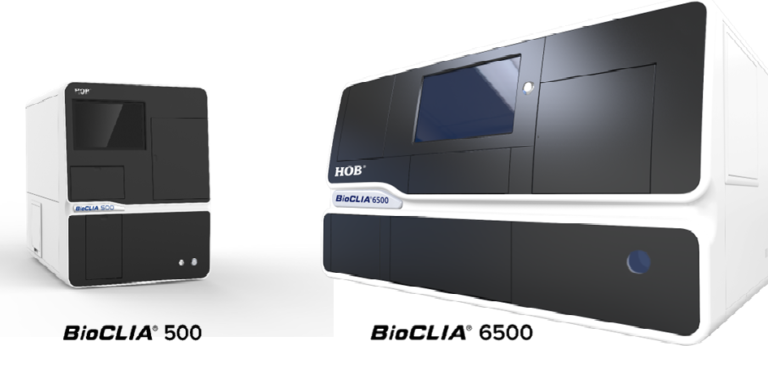Decoding Autoimmune Clues: Clinical Significance of ANA Testing and the Importance of ELISA
In today’s medical landscape, early and accurate diagnosis of autoimmune conditions is key to managing patient health effectively. Among the many tools available to clinicians, ANA (Antinuclear Antibody) testing and ELISA (Enzyme-Linked Immunosorbent Assay) stand out as powerful diagnostic techniques. Let’s explore what they are, their clinical relevance, and why they’re essential in detecting and managing autoimmune diseases.
What Is ANA Testing?
ANA (Antinuclear Antibody) testing is a blood test used to detect autoantibodies—antibodies produced by the immune system that mistakenly target the body’s cells, particularly the nuclei of cells. The presence of ANAs can be a hallmark of autoimmune diseases.

Common Conditions Associated with Positive ANA:
- Systemic Lupus Erythematosus (SLE)
- Rheumatoid Arthritis
- Sjögren’s Syndrome
- Scleroderma
- Mixed Connective Tissue Disease
Clinical Significance of ANA Testing
1. Early Detection of Autoimmune Disorders
ANA testing is often the first step in investigating symptoms like chronic fatigue, joint pain, rashes, or unexplained fevers. A positive ANA test may lead to further, more specific tests for definitive diagnosis.
2. Risk Stratification
While a positive ANA result doesn’t confirm a disease on its own, it helps stratify risk and narrow down possible autoimmune conditions, guiding physicians toward targeted testing and evaluation.
3. Monitoring Disease Progression
In some conditions, ANA levels may correlate with disease activity. Tracking these levels can help monitor flares or remission, particularly in lupus.
4. Supporting Clinical Diagnosis
ANA results, when combined with clinical symptoms and additional lab tests, help confirm a diagnosis and shape the treatment plan.
💡 Note: A positive ANA result can also be seen in healthy individuals, especially in low titers. Therefore, clinical context is essential when interpreting results.
What Is ELISA and How Does It Help?
ELISA (Enzyme-Linked Immunosorbent Assay) is a laboratory technique used to detect and measure antibodies, antigens, proteins, and hormones in blood samples. It’s often used to perform specific autoimmune panels following a positive ANA result.
Importance of ELISA Testing in Autoimmune Diagnostics
1. Specific Antibody Detection
While ANA is a broad screening test, ELISA can detect specific autoantibodies such as:
- Anti-dsDNA (for lupus)
- Anti-Ro/SSA, Anti-La/SSB (for Sjögren’s syndrome)
- Anti-Scl-70 (for scleroderma)
- Anti-CCP (for rheumatoid arthritis)
These results provide a more definitive and precise diagnosis.
2. High Sensitivity and Specificity
ELISA tests are known for their high accuracy. They reduce the chance of false positives and negatives, ensuring better clinical confidence.
3. Disease Monitoring
Quantitative ELISA tests allow doctors to track antibody levels over time, making it useful for monitoring disease progression or response to therapy.
4. Guiding Treatment Decisions
Knowing the exact type of autoantibody present can influence treatment choices, particularly in complex autoimmune cases where organ involvement is suspected.
ANA and ELISA: A Powerful Diagnostic Duo
Think of ANA as the door-opener—it signals that an autoimmune condition might be present. ELISA tests are the next step, providing detailed insight into which specific autoimmune disease is active.
Together, these tests offer:
- Early diagnosis
- Better disease classification
- Improved treatment monitoring
- Enhanced patient outcomes
Final Thoughts
Autoimmune diseases can be challenging to diagnose due to their wide-ranging and overlapping symptoms. ANA testing, followed by ELISA-based antibody panels, offers a clear and systematic approach to diagnosing and managing these complex conditions. Their clinical significance lies not only in identifying disease but also in guiding ongoing care and improving quality of life for patients. As diagnostic technologies continue to advance, tests like ELISA and ANA will remain indispensable tools in the clinician’s toolkit, helping to solve the puzzle of autoimmune diseases one antibody at a time







